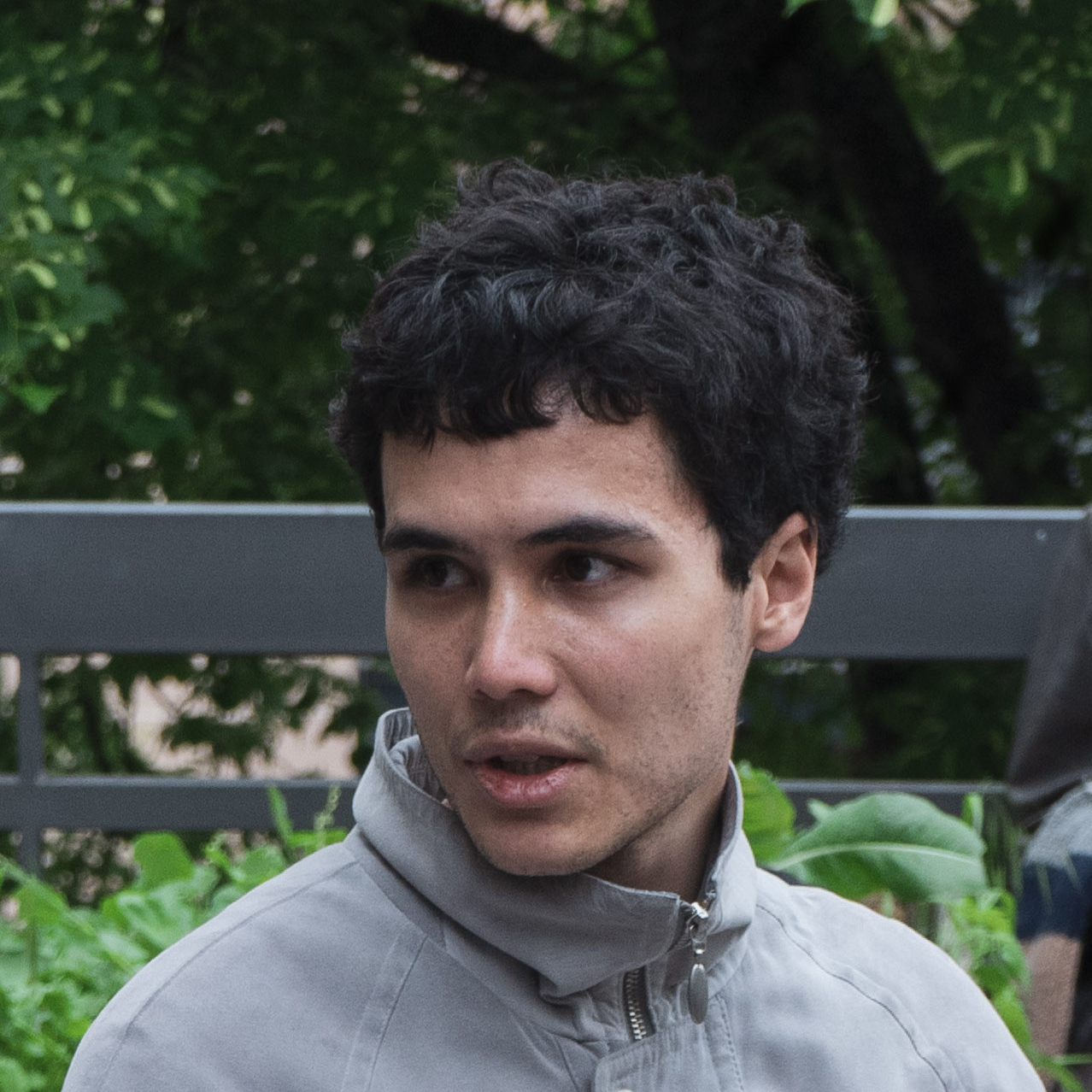Initiated by Vincent Rumahloine and Mang Dian in Bandung, Western Indonesia,
SEDEKAH BENIH is a platform for
knowledge exchange, focussing on bridging scientific and embodied community knowledge. Seeds as
vessels of ecological intelligence are brought to the central „Waisenhausplatz“ of Pforzheim.
Our collective 4E joins this human to human approach as the local part of the team. Alongside
members of the various communities, who come together on this site, we set up bamboo huts that
for the next two months become a meeting ground, where music for chilis connects nonhuman and
human participants. The process is accompnanied by big events like a culinary arts performance
with the Indonesian collective
soy division but its
real impact lies in its connection with the rhythms that melt together on this site, enriching
the exchange at the Pforzheimer Waisenhausplatz.















